Powdered sugar crystal, also called castor sugar, is mechanically crushed sugar. In preparing the powdered sugar, one does not apply treatment chemicals, but dedicated machines that grind sugar crystals to a fine powder.
Castor sugar has all the qualities, strengths, weaknesses and properties of white crystal sugar, which is derived from sugar beets or sugar cane. In addition to white sugar there is brown sugar, which does not serve to prepare the sweet fine powder. The history of sugar can be traced several centuries back to India and China, where it was obtained originally from sugar cane. Only later, it spread to Persia, Egypt, and even later - sugar was brought to Greece and Rome by Alexander the Great during his military conquests.
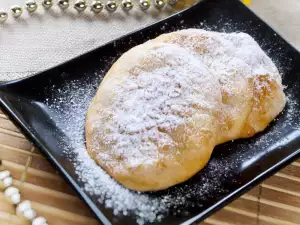
Nutrition and composition of castor sugar
Nutritional value per 100 g compared to the recommended daily dose.
Energy - 1619 kJ (390-399 kcal), Carbohydrates - 99.98 g, Sugars - 99.80 g, Sucrose - 99.80 g, Glucose - 0 g, fructose - 0 g, Lactose - 0 g, Maltose - 0 g, Fiber - 0 g, Fat - 0.1 g, Protein - 0 g, Water - 0.03 g, Vitamin Riboflavin (B2) - 0.019 mg (1%), Minerals: Calcium, Ca - 1 mg (0%); Iron, Fe -0.01 mg (0%); Potassium, K - 2 mg (0%)
Recommended daily dose of sugar
In 2003 the World Health Organization (WHO) put a healthy dose of sugar consumption per day outline- no more than 10% of calories. In grams obtained amount of pure sugar, no more than 60 grams for men and 50 grams for women. Fizzy drinks and even cold teas also contain sugar - around 40 g Drinking 2-3 cups sugar depletes our daily dose.
Selection and storage of castor sugar
Castor sugar comes mainly comes in a 500 g and 1 kg in plastic bags, but its price is significantly higher than that of refined white sugar. When you buy castor sugar in store, pay attention to its composition, which should be light and laminated. Look at the expiration date. Once you open the package with powdered sugar, it should be closed tightly be kept in dry and ventilated places. Sugar is best stored in airtight containers, not in an open box or packet. Do not store castor sugar in wet areas.
Heat is not a good friend of sugar - crystalline and powdered. Do not keep sugar close to products that have a strong and unpleasant smell. Sugar takes in not only water but also smells, against whom airtight containers mostly help.
If you use a jar for storing a product with a strong odor, do not use it for storing sugar. Buy a new one or use a jar with a neutral smell. Both crystal and castor sugar must be shaken from time to time. This is for the sugar not to be pressed under its own weight.
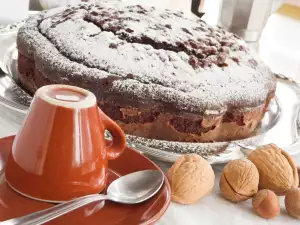
Culinary use of castor sugar
Castor sugar is a loyal friend of many of pastries, cakes, icings and creams that you cook for yourself at home, and those you buy ready. People regularly sprinkle a freshly baked cake with sifted castor sugar, and the sweet white powder must be put on pumpkin and other fruit desserts, which gives them a finished look.
There are some pastry creations that would not be received as good, if not the intervention of castor sugar - fondant, icing sugar, sugar, sugar dough, etc. Many deserts can not be obtained with such a fine and delicate texture, if it was not this fine sweet white powder.
Make your own castor sugar
Castor sugar can be easily made at home, the only requirement is to have a clean grinder for coffee. Put 2-3 tablespoons crystal sugar, close, and grind until you feel that the last crystal has become fine powder. If you do not have a machine, grind it by hand in a mortar to achieve good results, but you need to load yourself with patience and energy for continuous rubbing.
Recipe for Sugar Glaze
Sift castor sugar and mix it with 2-3 tablespoons of water. Stir until it is a smooth mixture and pour this glaze on cakes and pastries.
Recipe for Kisses
Beat 3 egg whites and add 150 g powdered sugar while stirring in a water bath. From the mixture, make kisses on paper and dry in low oven heat, at 100 degrees.
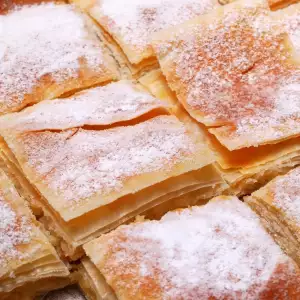
Recipe for Sugar paste
Put 150 ml of water with 70 g butter in a pan on the stove. Once the butter has melted, remove from heat and add 150 grams of flour at once. Stir vigorously with a wooden spoon until it forms a dough that separates from the pan wall. Spread the dough on a kitchen counter and let it cool slightly, but not completely. You can cover it with foil, not a cloth, while it stays. Then start adding in portions 500 g powdered sugar and knead until all the sugar is absorbed and you get a homogeneous dough. If necessary, add more than that quantity. The ready sugar dough can be highlighted with a few drops of sweet paint or leave it.
Thus prepared, the sugar dough is used for making sugar figures, or to cover cakes, for flattening, etc.
Dangers of castor sugar
Powdered sugar has the same valid negative effects as the excessive use of plain sugar. Overall, refined sugar is more harmful than beneficial to us. Sugar creates the ideal environment for the development of oral bacteria. Overuse of sweets leads to the formation of dental issues.
Frequently snacking on cakes and other foods in which sugar is incorporated, is a prerequisite for reducing protective functions. Sugar actually reduces the ability of white blood cells to kill germs, which leads to immunosuppression. Excess sugar products, can lead to constipation, deterioration of your memory.
Refined sugar, be it powder, helps the appearance of cruel hypoglycemia, and early diabetes in adults. The intake of too much sugar leads to myocardial infarction.
Those who consume 110 g of sugar (equal to 22 tsp sugar) are five times more prone to heart attacks than those taking in 60 g (12 teaspoons) of sugar. There is even a diagnosed addiction to sugar that occurs with specific symptoms and must be given appropriate treatment.
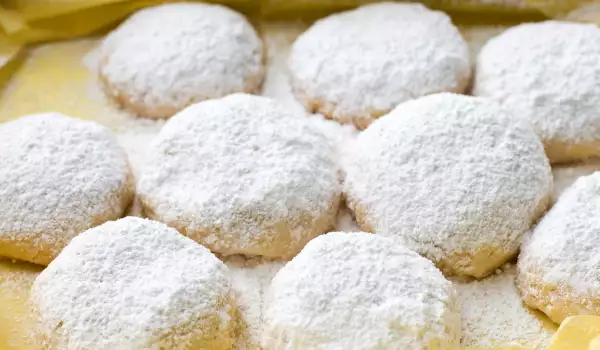
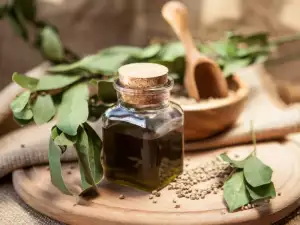
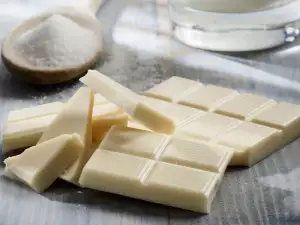

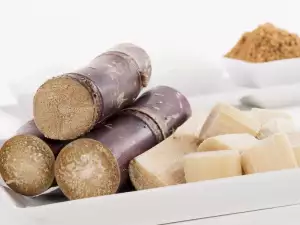
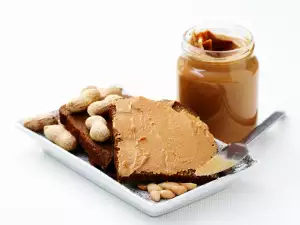
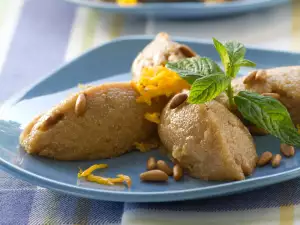
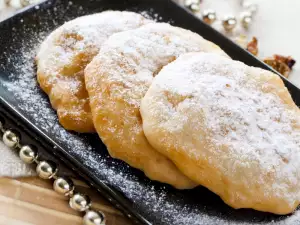
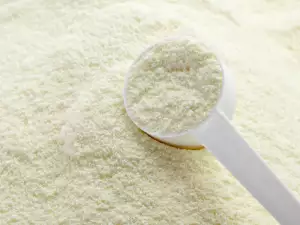
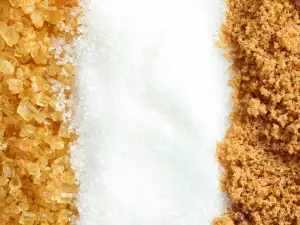
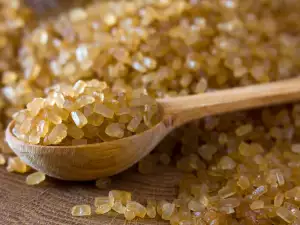
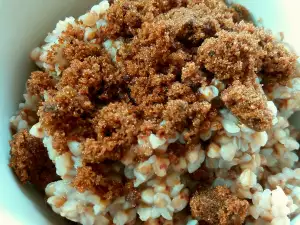
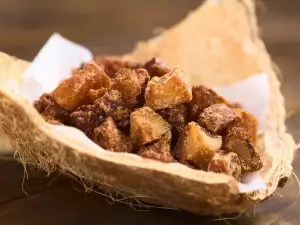
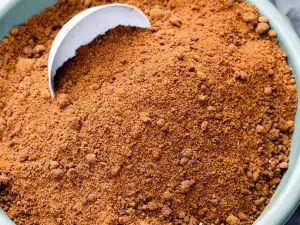
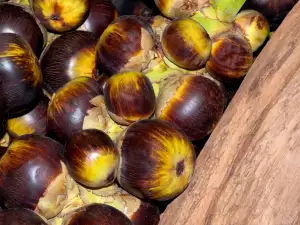
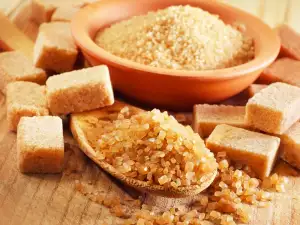




Comments